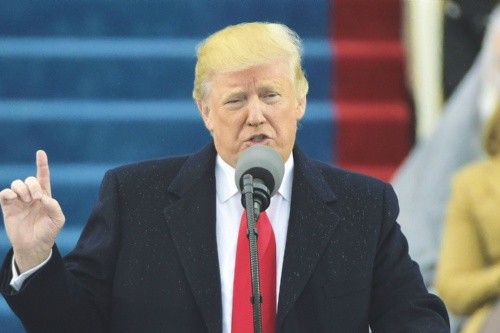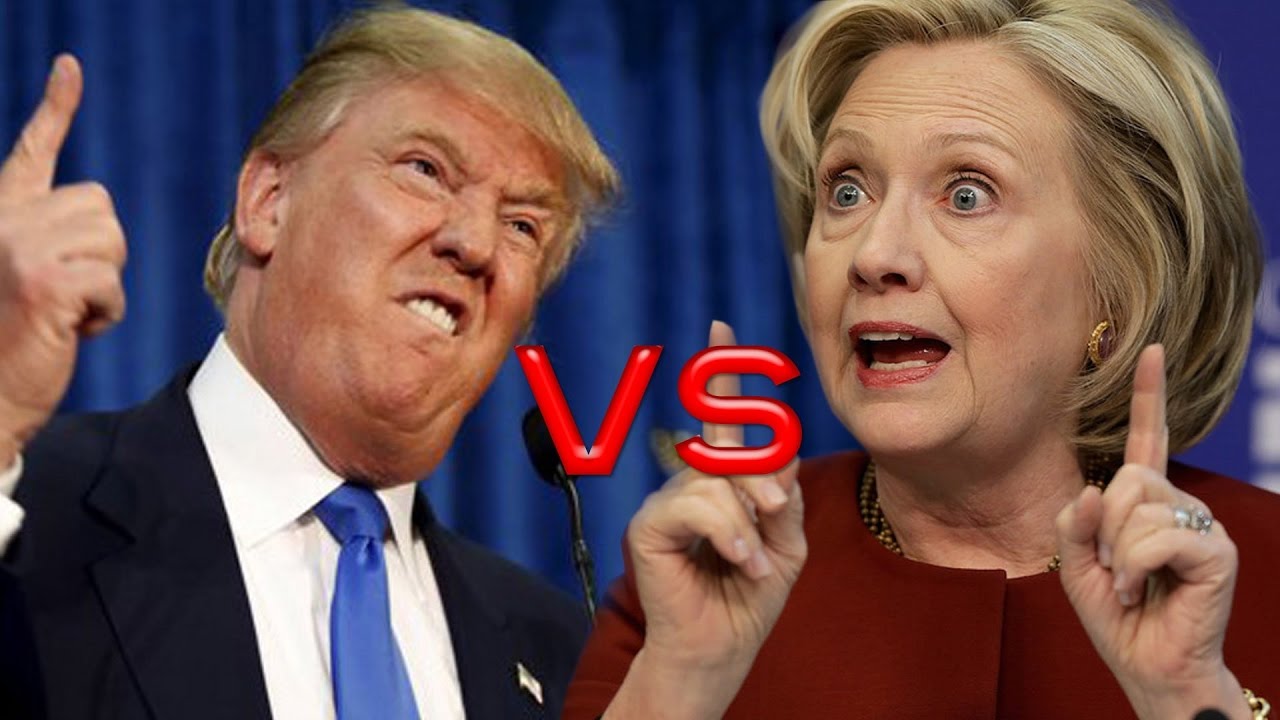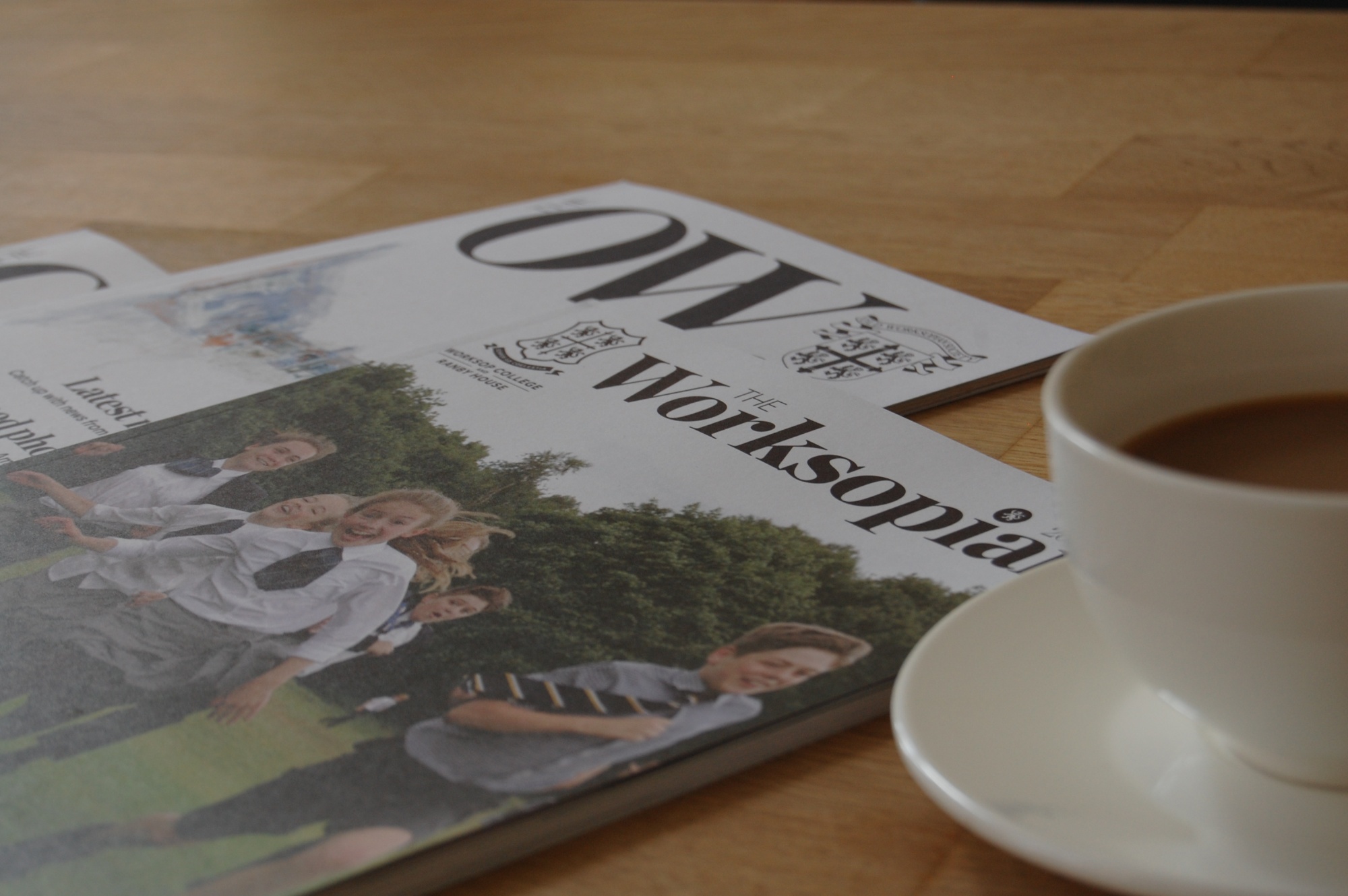
The term fake news was one that many people had not heard of until recently. Fake news refers to the deliberate misinformation of news spread via traditional print and broadcast media or social media.
The term, which was named Collins Dictionary’s 2017 word of the year, is the act of writing and publishing with the intent to mislead in order to damage an agency, entity, or person and/or gain financially or politically.
The rise of fake news
Although the concept is a relatively new one to many, fake news is not a new thing. Rewind back to the Roman Empire, where Octavian famously used a campaign of disinformation to aid his victory over Marc Anthony in the final war of the Roman Republic.

Moving into the 20th century, fake news was used by governments’ during wartime to push forward their own agendas and propaganda.
Prior to the internet, it was a lot more expensive to distribute information and news could be much more easily regulated - enter social media.
The rise of social media has enabled anyone to disseminate fake news. Facebook and Twitter allow users to post, share and actively engage and discuss fake news, making the way news was previously regulated near impossible.
U.S General Election
During the 2016 United States presidential election, the creation and coverage of fake news increased substantially, with many critics stating that fake news influenced the outcome of the election.
Studies showed that 62% of American adults get news on social media and many people who saw fake news stories often believed them – with fake stories often favouring Donald Trump over Hilary Clinton.

A BuzzFeed News report found that top fake election news stories generated more total engagement on Facebook than top election stories from 19 major news outlets combined.
OK, how do we spot a fake news story?
Education of our students is key. We are aware that students now consume more news through their phones and tablets, rather than traditional media outlets.
We need to teach students to really question a news story and whether it is reliable and trustworthy.
"We should all, every day, critically evaluate whether we believe the things we are told and the things that we believe.
Facebook has a comprehensive list of ways to spot fake news:
Facebook’s tips for spotting fake news
- Be sceptical of headlines. The headlines of false news stories often have catchy headlines in all caps with exclamation points. If shocking claims in the headline sound unbelievable, they probably are.
- Look closely at the URL. A phony or look-alike URL may be a warning sign of false news. Many false news sites mimic authentic news sources by making small changes to the URL. You can go to the site to compare the URL to established sources.
- Investigate the source. Ensure that the story is written by a source that you trust with a reputation for accuracy. If the story comes from an unfamiliar organization, check their "About" section to learn more.
- Watch for unusual formatting. Many false news sites have misspellings or awkward layouts. Read carefully if you see these signs.
- Consider the photos. False news stories often contain manipulated images or videos. Sometimes the photo may be authentic but taken out of context. You can search for the photo or image to verify where it came from.
- Inspect the dates. False news stories may contain timelines that make no sense or event dates that have been altered.
- Check the evidence. Check the author's sources to confirm that they are accurate. Lack of evidence or reliance on unnamed experts may indicate a false news story.
- Look at other reports. If no other news source is reporting the same story, it may indicate that the story is false. If the story is reported by multiple sources you trust, it's more likely to be true.
- Is the story a joke? Sometimes false news stories can be hard to distinguish from humour or satire. Check whether the source is known for parody and whether the story's details and tone suggest it may be just for fun.
- Some stories are intentionally false. Think critically about the stories you read, and only share news that you know to be credible.
Also, fact-checking sites including Snopes.com and FactCheck.org make it easier to check news stories and have posted guides to spotting and avoiding fake news websites.
As we spend more time on social media, it is inevitable that we will be exposed to fake news, but after backlash from critics, Facebook, Google and Twitter are all introducing measures to strengthen controls over fake news.
Head of Religious Studies and PSHE, Dr Adam Gutteridge said:
“Propaganda has been around since communication began: humans lie for their own advantage, and believe the things that they want to believe. Technological change has made such fakery easier. Some fake news operates at an international level and maybe conflict-causing (wars and rumours of wars), whilst other stories are fear-inducing on an individual level (killer clowns!); either way, their systematic distribution may have specific social and political ends, or could just be mayhem for mayhem's sake.”
And as recent as last week, MP’s are looking at investigating the impact social media has on young people. The Commons Science and Technology Committee has announced an inquiry into the impact of social media and screen-use on young people's health.
The Education Policy Institute's 2017 report showed 95% of 15-year-olds in the UK use social media before or after school, and half of nine to 16-year-olds used smart-phones on a daily basis.
In the meantime, it is up to everyone to educate children and raise awareness on fake news and social media and the impact it can have.
Brighton College have introduced a course that looks at the use of and how their students can identify fake news, more information can be found here.
